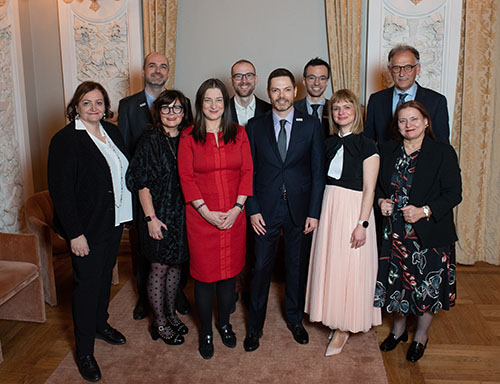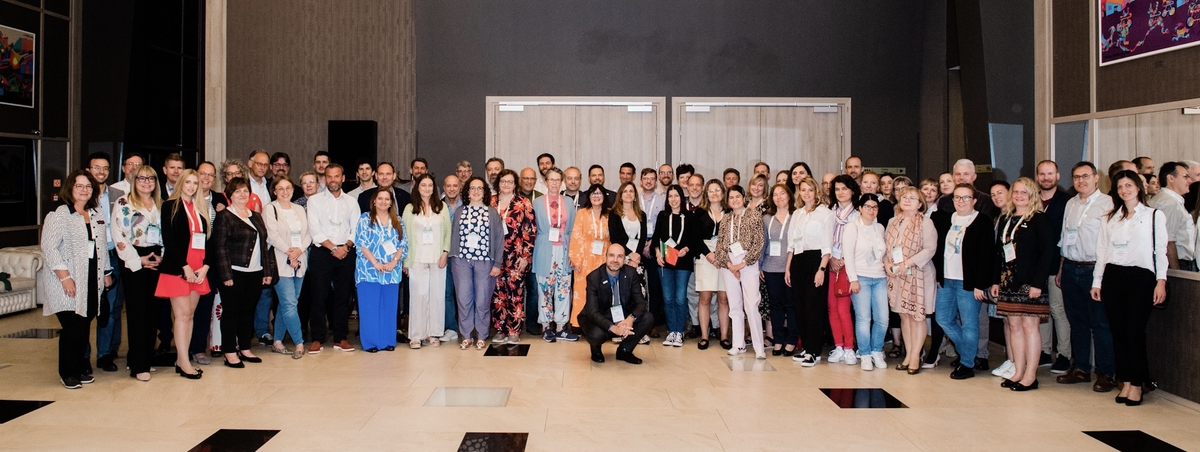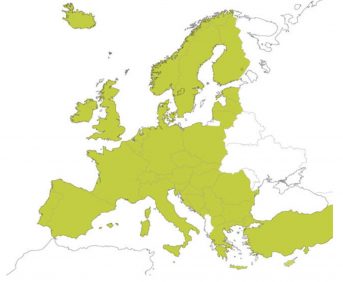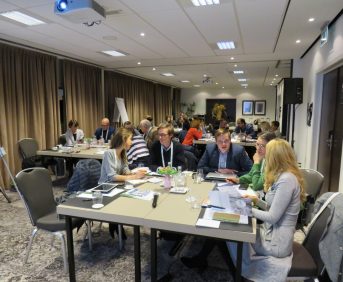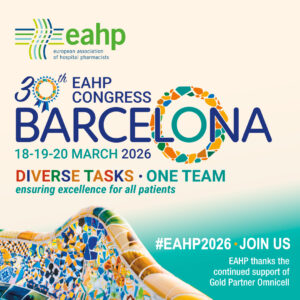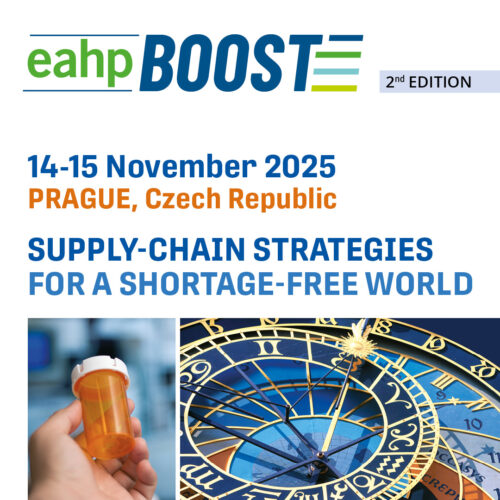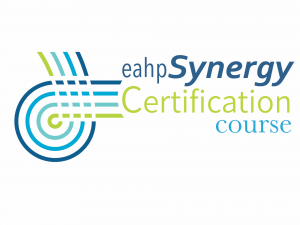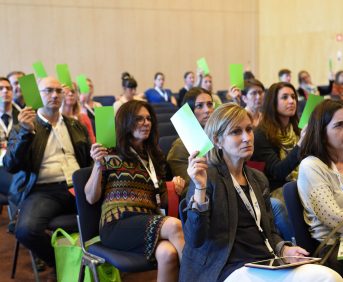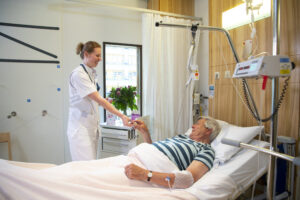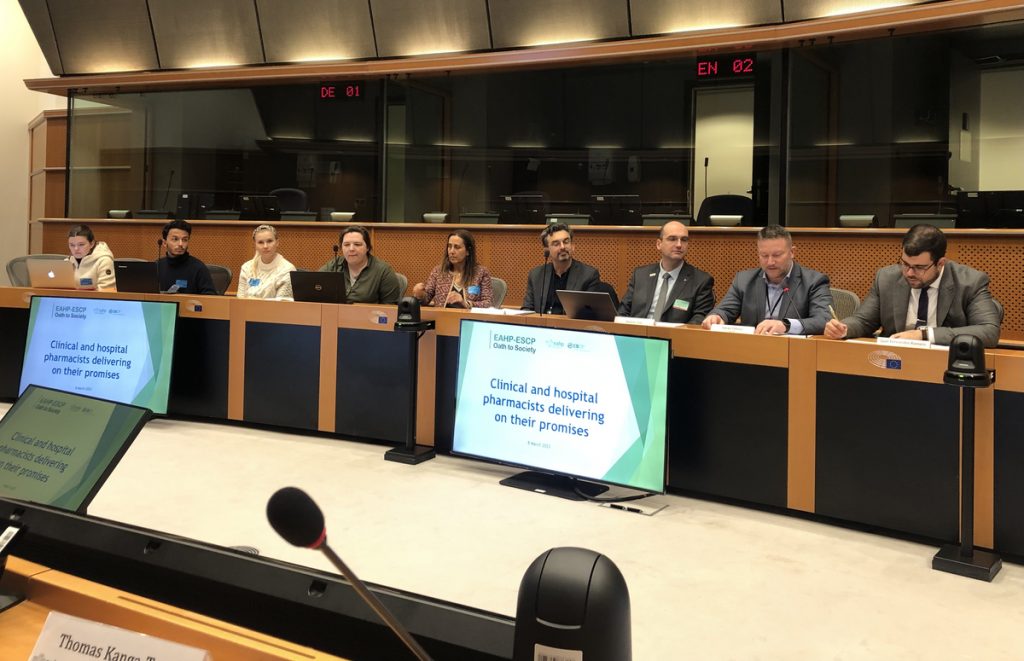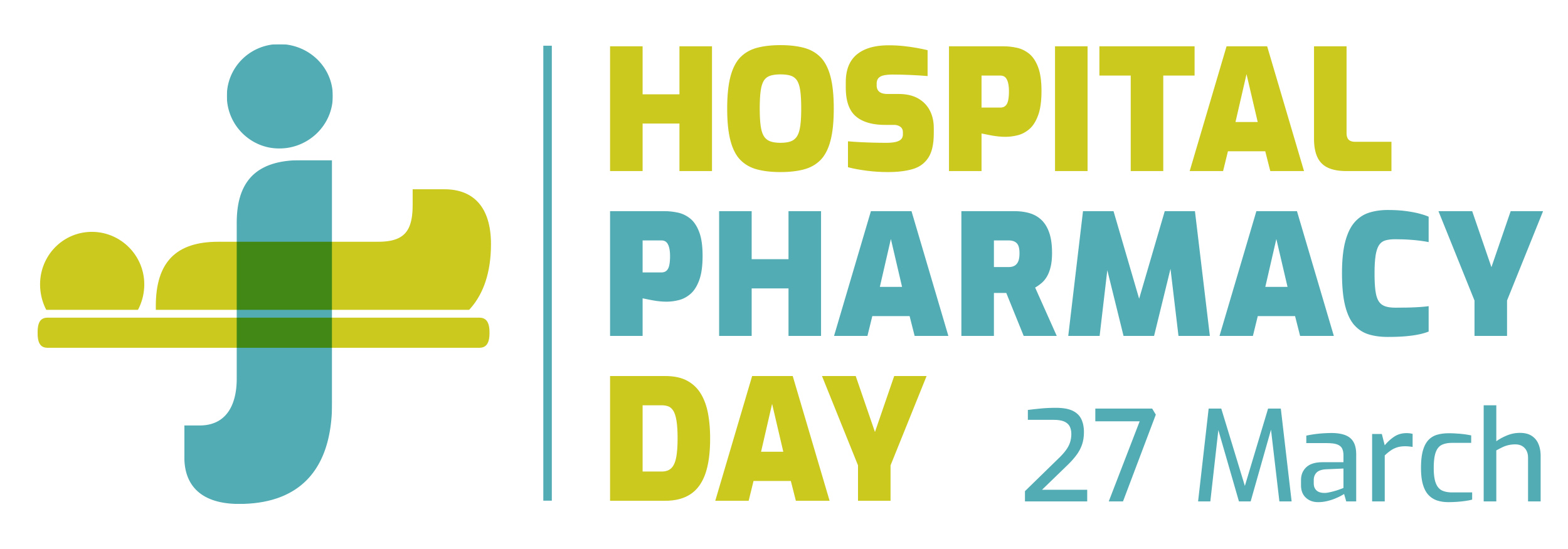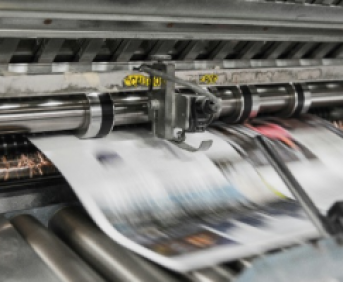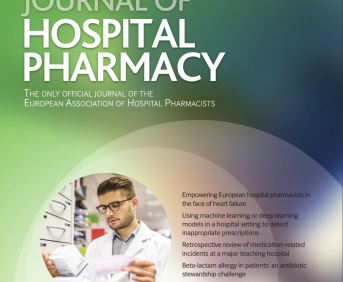RELOCATING A UNIVERSITY HOSPITAL’S INJECTABLE CHEMOTHERAPY PREPARATION PROCESS TO A MOBILE UNIT: A CHALLENGE MET!
Pdf

European Statement
Production and Compounding
Author(s)
K.LEROUET; M. DELAMOTTE; F.VITET. S.CRAUSTE-MANCIET; A.LEBRETON; F.LAGARCE
Why was it done?
Our Chemotherapy Reconstitution Unit (CRU) needed to replace its two double workstation isolators and high efficiency particulate air filters, taking the unit out of service for six weeks. With 40,000 injectable chemotherapy treatments performed each year, outsourcing was not an option. We had to find a solution to temporarily relocate the activity to a new area within our facility.
What was done?
Our aim was to ensure continuity of the manufacturing process for injectable anticancer drugs in accordance with Good Preparation Practices in a temporary CRU.
How was it done?
Eighteen months ahead of schedule, we set up multidisciplinary working groups consisting of pharmacists, pharmacy technicians, biomedical and technical service staff and health care managers.
Inspired by the few french hospitals that had already carried out this project, we studied the process and the choice of space and equipment required. We also drew up procedures and a backlog schedule.
What has been achieved?
Twenty-three work sessions of 1 hour were organised. We chose a chemo-truck (ModuGuard®), with three workstations inside two positive pressure isolators. We acquired new equipment to adapt to the spaces created specifically for this project (transport crates, walky-talkies, operating room gowns). We planned the qualification of the mobile grade D controlled area and isolators. The production flow was rethought, with extended production hours and more human resources. Our production was divided into 4 zones with different tasks: tray preparation and pharmaceutical validation, chemotherapy preparation, pharmaceutical release and preparation dispatch. Good communication between the different areas was essential to the success of our project. In comparison to the reference process, no additional non-conformity where noticed. We communicated with the care units many months ahead to anticipate logistic issues.
What next?
The overall feedback from the teams was good, thanks to the cohesiveness that was created, although staff were tired. No adverse events were reported, although occasional delays in preparation were noted. Anticipation of needs and day-to-day adaptability were essential to the success of this project. A budget of €80,000 was required to complete our project. This organisation allowed us to maintain a level of production equivalent to our CRU. This publication is intended to help inform healthcare organisations undertaking similar projects.
DRUG SERIALISATION: ORGANIZATIONAL AND ECONOMICAL IMPACTS FOR HOSPITAL PHARMACIES (submitted in 2019)
Pdf

European Statement
Selection, Procurement and Distribution
Author(s)
Quentin HIVER, Agathe ROGER, Marine EGOT, Ivan VELLA, Marie-Hélène TYWONIUK
Why was it done?
Community and hospital pharmacists are required to apply the European directive on falsified medicines. In France, we are currently undergoing a transition phase for the progressive generalisation of serialisation. French pharmacies are more or less ahead of schedule for the implementation of decommissioning. In our pharmacy, the decommissioning has been operational since February 2019. After 8 months of practice, we are able to provide data as a basis for work and thinking.
What was done?
Determining and evaluating, by feedback approach, the organisational and economical impacts of drug serialisation for a hospital pharmacy
How was it done?
• Step-by-step description of the supply chain after implementation of decommissioning. • Collection of the man-hours necessary for: decommissioning implementation, software training, routine decommissioning, problem solving. • Census of financial investments
What has been achieved?
After analysis of our supply chain, the reception stage appeared to be the most favorable for decommissioning, in terms of practicality, safety and traceability. Several steps have thus been added at reception: Identification of serialized boxes, manual scan, checking of the decommissioning report and the number of decommissioned boxes, printing of the report. The pharmaceutical time necessary for the decommissioning implementation has been estimated to up to 28 hours. The software training was made in small groups of 2−3 agents, requiring 9 minutes per agent on average. The decommissioning is currently requiring 17 minutes for 100 boxes. Over 8 months, the time necessary for the pharmacists to solve problems linked with serialisation (non-operational Hub, corrupted database, error message at decommissioning…) was estimated to up to 7 hours. The financial investment amounts to 17200 euros (software+ergonomic desk+man-hours at implementation).
What next?
The decommissioning itself doesn’t have a major impact on the pharmacy’s organization. But, ensuring a clear and safe supply chain, to identify which boxes must be decommissioned and which boxes can be dispensed, is time-consuming. It goes through a proper working environment with a forward supply chain and traceability tools. Moreover, the encountered problems were mainly due to computer failures, requiring a performing software with an efficient maintenance. We are currently working on improving the ergonomics of the workstation to avoid the risk of musculoskeletal disorders due to decommissioning.
